Monmouthshire dragonfly recording update 2, May 2021
Hello, and welcome to this year’s first update on dragonfly recording in Monmouthshire.
Monmouthshire dragonflies in 2020
Thank you for all of the records sent in from 2020; despite the restrictions that the Coronavirus pandemic placed on us, many recorders were able to explore their local areas and as a result contributed over 500 records of 27 species. These records, and others from previous years, were processed in time to be uploaded to the National Biodiversity Network Atlas in early spring, where they can be accessed by anyone.
Highlight of the year was our third Vagrant Emperor (Anax ephippiger) found at Aberbeeg hospital in September by Simon Bazeley. Simon has written up this find for the website here.
What else is out there?
There are two other species which have bred in the county in the past, and which may still be present: Small Red Damselfly (Ceriagrion tenellum) and Variable Damselfly (Coenagrium pulchellum). The former should be looked for in upland moorlands in the north west of the county, and the latter on the coastal Levels. The full up-to-date Monmouthshire dragonfly species list can be found here.
Two likely additions to the county list are Scarce Chaser (Libellula fulva) and Downy Emerald (Cordulia aenea).
Scarce Chaser has strong populations in Somerset, around Bristol, and in Gloucestershire, and has been recorded twice in Glamorgan. A record from near Abergavenny was included in the last national dragonfly atlas, but this has recently been reviewed by a panel of experts from the British Dragonfly Society recording scheme, and our conclusion is that this is likely to have been a data error: it was at atypical habitat in an upland site, very early in the recording season. The recorder, who is now deceased, was a well-known local naturalist and photographer but no supporting photograph can be traced, so the record has been removed from the county database.
Downy Emerald has a population in the Forest of Dean in Gloucestershire and it’s likely that it wanders across the Wye from time to time. The only record we’ve been able to trace was from survey data gathered by Natural Resources Wales; we contacted them recently to find out if there were any supporting details, and they have been unable to find any, despite an extensive search, and have decided to withdraw this record. If anyone else is aware of records of this species, I’d be very interested to hear from you.
Rarity accounts
The recorders of several county first records, and other rarities, have written up their finds for the website here. Thank you to Adam Rowlands and Kevin Dupé for their accounts of the county’s first Red-veined Darters (Sympetrum fonscolombii), from Goldcliff in 2000-2002; to Keith Cox, Kevin Dupé and Simon Bazeley for accounts of our three Vagrant Emperor records, and to Gavin Vella, Wendy & Pete Taylor and Steve Davies for details of our two Southern Migrant Hawkers (Aeshna affinis). Further articles are in preparation, including one on our only Yellow-winged Darter (Sympetrum flaveolum) back in 1995. If you’ve found a rarity in the county which isn’t yet featured, please get in touch.
Assisting conservation
We have been able to use the data gathered in previous years for three projects which will assist conservation over the past few months.
First, we have produced a list of species of conservation importance in the county. Each recording area has one of these and the one for Monmouthshire was very out of date. An assessment framework drawn up by the British Dragonfly Society’s conservation group was used to assess the list of species recorded and 11 species met the criteria; the list can be found here.
Sorrel Jones, an environmental consultant contracted by Natural Resources Wales, has used data on several of these rare species to write a chapter on dragonflies in the Greater Gwent State of Nature report, which is being funded by the Welsh government and will be used to direct nature conservation priorities in the county. If you’d like to know more about this, I can put you in touch with Sorrel.
Finally, SEWBReC, the local environmental records centre for south-east Wales, which provides data to local authorities and ecological consultants to aid with conservation decision-making, asked us to review their dragonfly records for accuracy. Records have reached SEWBReC from a variety of sources over many years, and this gave an opportunity to enable consistent standards to be applied to their dataset. Pleasingly, most records appeared to be valid, and most of those which were incorrect were easily detected (e.g. records of Common Hawker (Aeshna juncea) from the levels, where there has been only one confirmed county record to date, and where Migrant Hawker (A. mixta), which is often mistaken for this species, is the common Aeshna species). If you’d like to know more about SEWBReC, please visit their website.
How to contribute your records
Any and all records of dragonflies in the county are welcome. The easiest way to contribute your records is to enter them into iRecord, but if you’d prefer a different method, please get in touch.
Can you spread the word?
Although there are already 50 people on the distribution list for these email updates, I’m sure there will be active recorders who I’m not aware of. If you know of someone who would like to receive these emails, please put them in touch (my contact details are on the County Recorders page or you can send me an email by clicking on my name below).
Steve Preddy, Monmouthshire County Dragonfly Recorder, British Dragonfly Society
